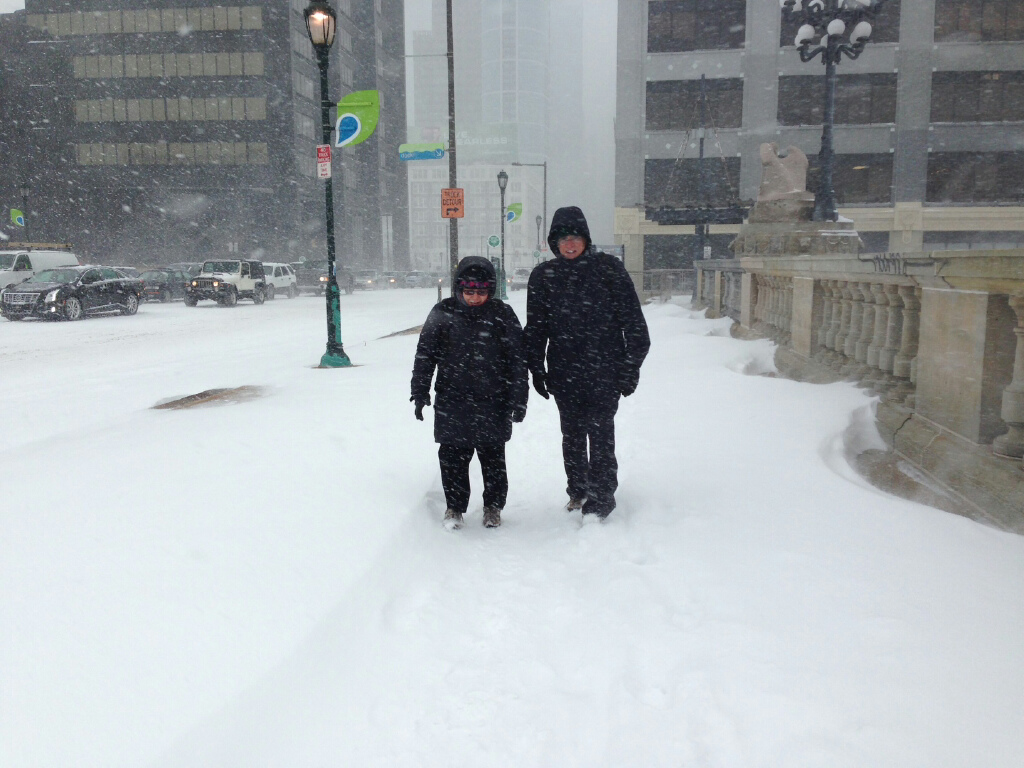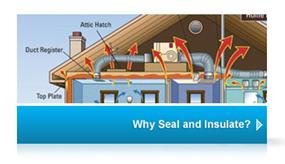We Must Act Now to Protect Our Winters
2014 was the hottest year on record, and each of the last three decades has been hotter than the last.
In mountain towns that depend on winter tourism, the realities of climate change really hit home. Shorter, warmer winters mean a shorter season to enjoy the winter sports we love—and a financial hit for local economies that depend on winter sports.
Even if you hate winter, climate change affects you – because climate risks are economic risks. Skiing, snowboarding and other types of winter recreation add $67 billion to the economy every year, and they support 900,000 jobs.
Last week I went to the X-Games in Colorado to meet with some of our country’s top pro snowboarders and the businesses that support them to hear how they are taking action on climate.
I spent the day with Olympic Silver Medalist and five-time X-Games Medalist pro-snowboarder Gretchen Bleiler. Our first stop was the local middle school in Aspen. These students grow up watching pro athletes like Gretchen, and many ski and snowboard themselves. We talked about changes the students can make in their everyday lives to help the environment and how they are the next generation of great minds that will develop solutions for addressing climate change.
Then we headed down to the X-Games venue to watch the halfpipe competitors practice. Without good, consistent winters, it’s tough for athletes to train and compete. Gretchen, who’s local to Aspen, told me they’re seeing more winter rain here in January, and athletes are increasingly wondering if there’s going to be enough snow for some of their biggest competitions.
The great thing about the athletes I met is that they know they’ve got a lot of stake, so they’re doing something about it. After halfpipe practice, Gretchen and I met with this year’s X-Game competitors. This bunch is committed to their sport, and they’re working with Protect Our Winters to ensure it’s around for generations to come. (That’s Maddy Schaffrick, Jake Black, me, Giom Morisset, Gretchen and Jordie Karlinski above.)
There are a lot of small businesses in Aspen that can’t survive without tourists coming into town, and I sat down for a chat with them in the afternoon. If we fail to act, Aspen’s climate could be a lot like that of Amarillo, TX, by 2100. Amarillo is a great town, but it’s a lousy place to ski.
Unfortunately, the past few warmer winters mean the snowpack in Aspen is getting smaller. I joined Auden Schendler of Aspen Snowmass, one of the local ski resorts, to see how this year’s snow compares to previous years.
Alex Deibold, 2014 Olympic Bronze Medalist in snowboard cross, joined us to talk with local reporters about how climate change could impact mountain towns like Aspen if we don’t act now. He’s traveling farther to find snow where he can practice, and that’s why he’s speaking out.
These athletes and I have come to the same conclusion: We all have a responsibility to act on climate now. It’s critical to protect public health, the economy and the recreation and ways of life we love.
This week we’re focusing on how we can reduce the environmental impact of our favorite sports all year long. Join us on Facebook, Twitter and our website to learn about the progress that major athletes, teams and venues are making, and what you can do as a fan to act on climate.















